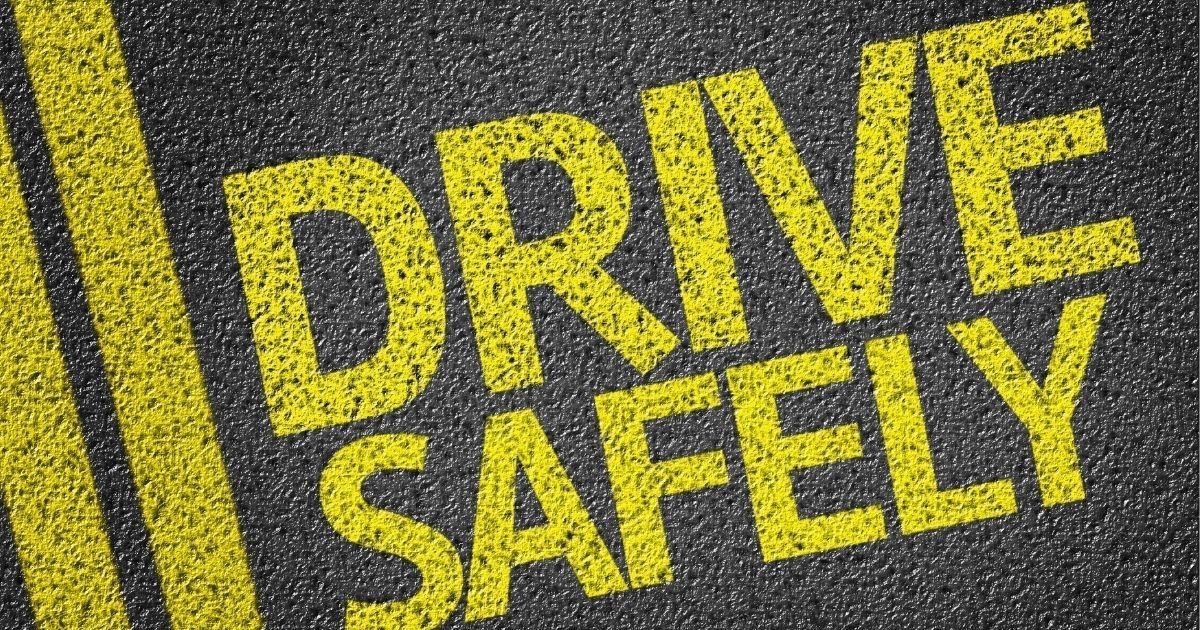Traffic fatalities have been on the rise in recent years across the United States, which has federal and local officials very concerned. The National Safety Council (NSC) recently formed Road to Zero Coalition, which aims to eliminate traffic fatalities on U.S. roadways by 2050.
The NSC says its ad-hoc coalition has identified three primary areas of focus to achieve the goal of ending road-going fatalities in the United States. Those three areas of safety improvement include:
- Adopt a safe systems approach that prioritizes safety and creates a culture of safe drivers.
- Improve infrastructure and life-saving technologies in vehicles.
- Use evidence-based accounts of what works locally and implement it nationally.
The coalition essentially affirmed that it is possible for road safety initiatives to reduce car accidents and resulting injuries and fatalities. Just as workplaces can initiate efforts to better train workers and instill a culture of safety in a workplace, drivers can learn to do the same on U.S. roadways, the NSC says. The following list contains some of the more effective road safety initiatives that can reduce car accidents.
Smarter and Safer Street Designs
On a long, straight roadway, some drivers become emboldened and want to step on the gas. If there are a lot of intersections that have traffic moving in four different directions at once, the potential for accidents becomes greater. Designing smarter streets greatly reduces the potential for car accidents by eliminating danger zones and encouraging safer travels. Three excellent examples include roundabouts, chicanes, and speed humps.
Roundabouts virtually eliminate traffic coming to a complete halt while partially blocking travel lanes in order to turn left. That simple design can reduce injury accidents at intersections between 70 to 90 percent.
Chicanes are another smart road design that puts a bend in what otherwise would be a straight section of roadway. The chicane causes the driver to pay more attention to the roadway rather than daydreaming while traveling down a long, straight roadway. Chicanes also cause drivers to adjust their speed to safer levels and can reduce injury accidents by 54 percent.
Speed bumps are another commonly used road design element that slows down vehicles in more congested areas. That helps to prevent minor accidents with vehicles pulling out of driveways and entering the roadway. Speed humps also make it safer for neighborhood children to play in yards without concern that a speeding driver might hop the curb by accident.
Ensure Proper Driver Training
Another highly proven initiative to reduce car accidents, injuries, and fatalities is to employ graduated licensing systems for new drivers. Graduated licensing systems require those learning how to drive to take the time to learn safe driving habits. It also helps to ensure new drivers have the knowledge and skills needed to drive safely and not cause accidents.
The U.S. Centers for Disease Control and Prevention (CDC) shows that teenage drivers are about three times more prone to fatal crashes than drivers aged 20 years old and older. Some adults wait much longer than most people to obtain their first driver’s licenses and likewise are more prone to fatal accidents than their more practiced counterparts.
The CDC says graduated driver licensing programs are very effective at reducing the potential for accidents and deaths among new drivers, especially teenage drivers. That is especially important because car accidents are the leading cause of death among teens and younger children in the United States.
Continued Development of Vehicle Safety Technology
The development of seat belts, head rests, air bags, and better engineered vehicle bodies and chassis with a focus on safety has greatly improved road safety. More recently, technology is greatly enhancing driver safety with a wide-range of driver assistance features that help to stop accidents from happening.
The advent of modern safety technology is making privately owned vehicles and commercial vehicles alike much safer. Many current private passenger cars, pickups, SUVs and vans come equipped with adaptive cruise control with automated braking that helps to maintain safe distances to prevent rear-end accidents. Radar, sonar, and digital cameras put eyes in the back of drivers’ heads and see dangers that otherwise would go undetected.
Even backing out of a parking space in a busy store parking lot is a whole lot easier with rear detection of pedestrians and vehicles. Need to tow a large wheel camper or a boat? Modern technology will help a motorist see the hookup while backing up and keep track of the trailer’s blind spots.
Even displays, lane detection, and automated headlights are making travels much safer. A lot of new vehicles are projecting important data, like vehicle speed, engine RPMs, temperature, and fuel and oil levels, right onto the windscreen. That makes it possible for a driver to keep their eyes on the road at all times. Voice-activated climate controls, phone answering, and calling systems with an advanced dash display all help to prevent distractions while greatly enhancing road safety.
Mount Laurel Car Accident Lawyers at the Law Office of David S. Rochman Advocate for Road Safety
While the efforts to minimize motor vehicle accidents are worthy endeavors, collisions, injuries, and even deaths are still possible. If you need help after a collision, you can speak to an experienced Mount Laurel car accident lawyer at the Law Office of David S. Rochman today. Call us at 856-751-2345 or contact us online to schedule a free consultation and to learn more about how we can help you. Located in Mount Laurel, New Jersey, we serve clients throughout the surrounding areas.


